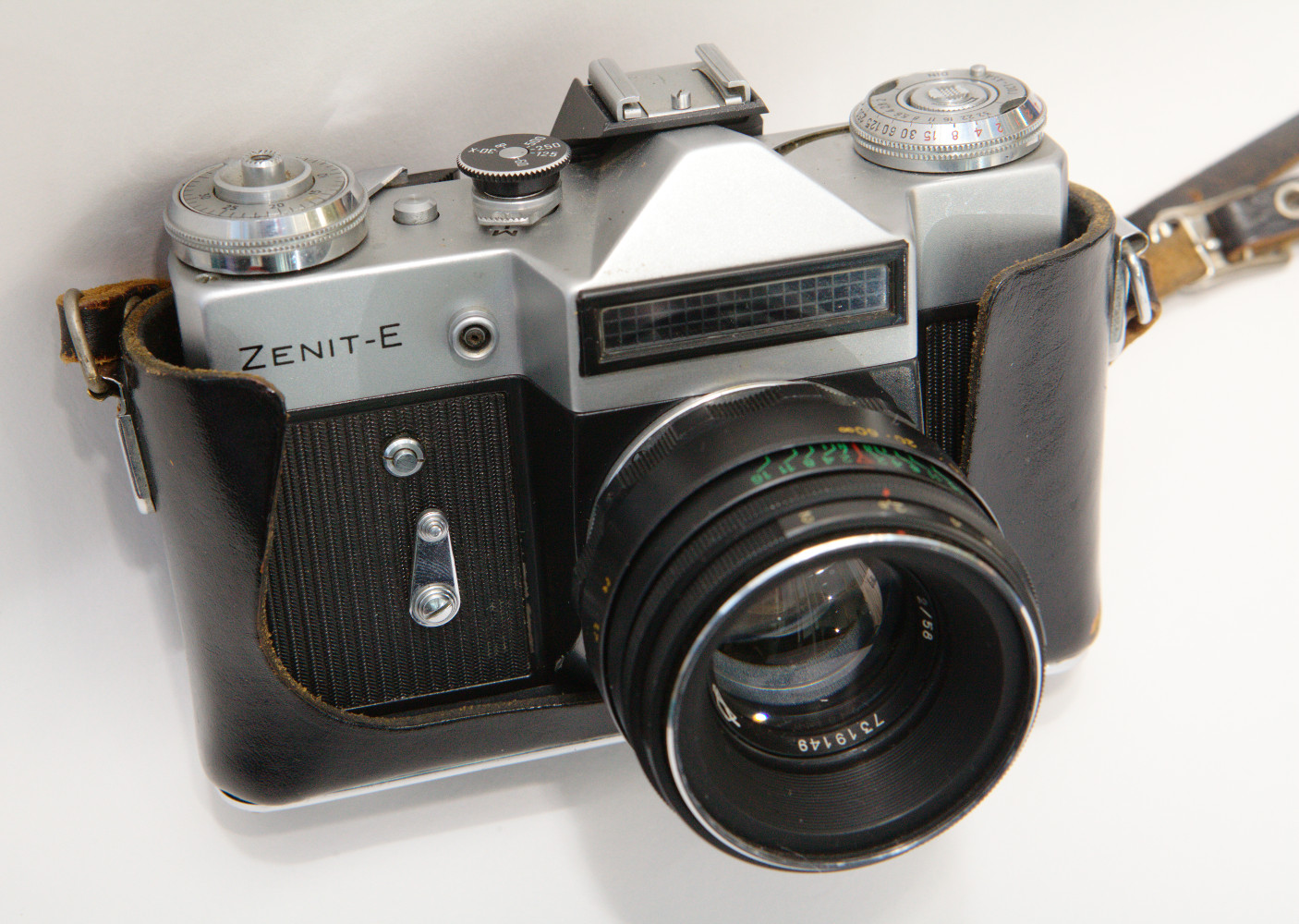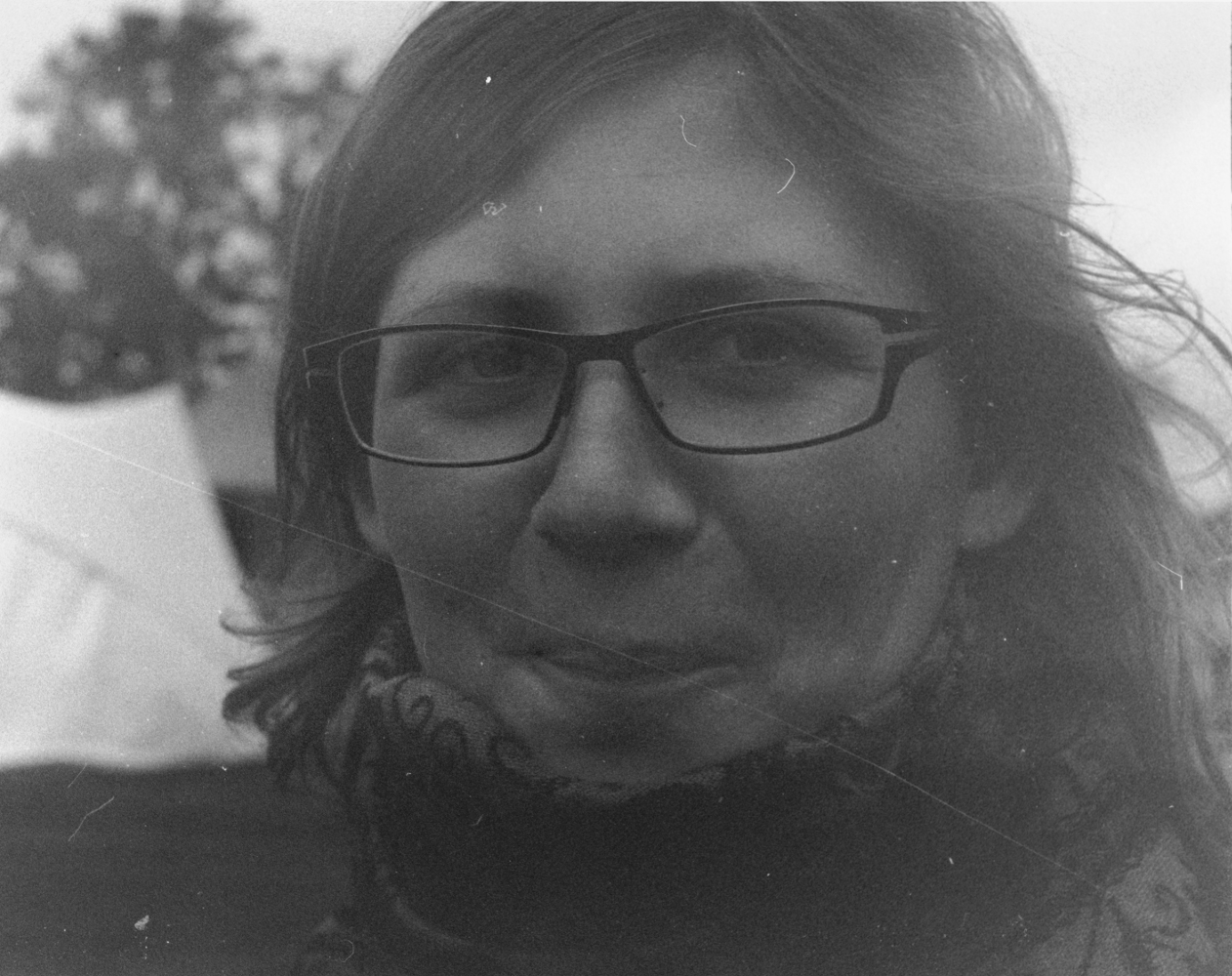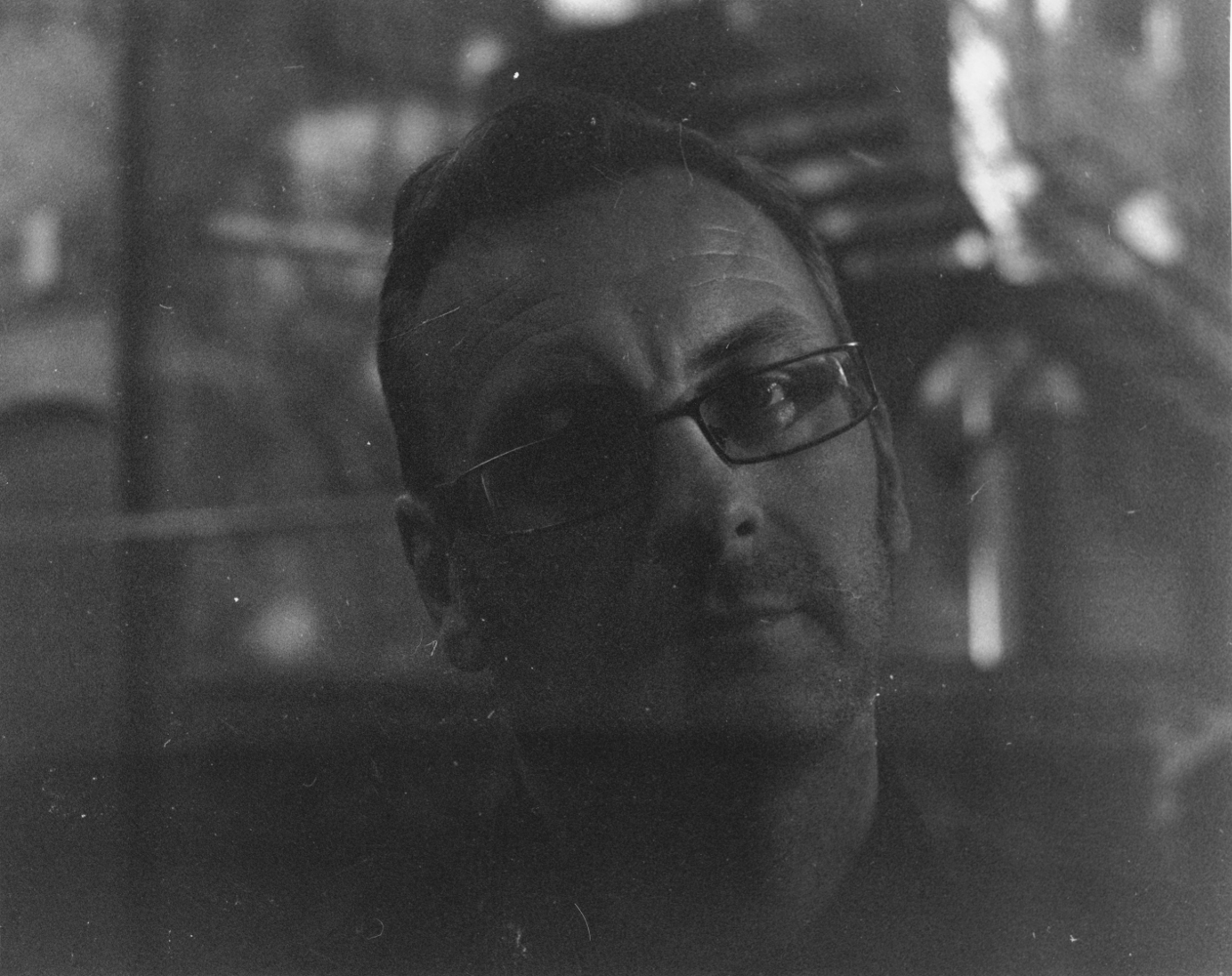I’m part of Leicester Lo-Fi, a group of photographers who work with film and alternative processes. We were donated an old camera: a Zentit E, a Russian camera produced between 1965 – 1982. It’s a lovely old camera, with a good lens.

The interesting thing was, it still had a film in, so there could have been some shots taken by the previous owner. I decided to finish the film, develop it, and see what was on there. The trouble was, I had no idea what film was in there: colour, B&W, film speed, all unknown. The only clues were a small label saying ‘HP5’ and the exposure meter set to 250. Now HP5+ is a common Ilford film, still made, but has a film speed of 400, so these two clues contradicted each other. However 250 is less than a stop away from 400, so I decided to leave the meter where it was, and use that setting to shoot the film.
I was going to a music festival: ArcTanGent, the following week, so I took the Zenit with me. With each shot I took, I wondered if that would be the end of the film, but it kept going. I finished the film at the weekly Leicester Lo-Fi meet, then opened the camera to see what film was inside…
This was a surprise. The film was HP5. HP5 was replaced by HP5+ in 1989, so this was an old film, probably loaded in the camera in the late 1980s.

We decided to develop the film as standard HP5+, so it was developed in the same tank as a roll of modern HP5+ that happened to be getting developed. It was difficult getting the film on to the spirals you use to develop film, as it was so curly, presumably because it had been tightly wound up for so many years.
Once developed, it looked like there were images on the negative film, some blanks, and blotches, but basically okay. But it looked like there weren’t any images from the previous owner, just the images I had taken.
The images that were okay, I printed the images in my own darkroom, to get a good idea what the film quality was like. My inability to use the Zenit E exposure meter was evident, I will have to practice at that. The film lacked contrast; a problem I’d heard about with old film. Also the grain size seemed massive. But the oddest thing was dust and scratches. Was it dust? Or cracks in the emulsion? This got worse towards the end of the film. I would have expected it to be the same throughout.
Anyway. Here are the scans of the prints, and apologies to the folk who were hoping to see their pic, but the frame didn’t work.















